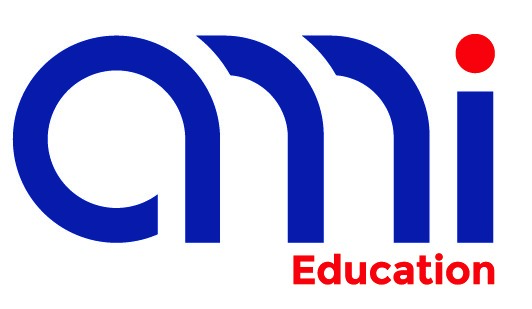This article discusses the concept and practice of project based learning and presents its merits vis a vis other methods of learning in schools.
What is project based learning?
Project based learning (PBL) is a method of teaching in which a teacher or school assigns a project to the students to address a complex situation or solve real-life problem through active engagement.
This method of teaching-learning requires students to exhibit their learning experience and skills through a presentation or creating a product for a real-life audience.
The step-by-step process of project based learning helps students get command over the content of a specialized topic by enhancing core learning skills, e.g. critical thinking and problem-solving, interpersonal skills, communication, creativity, collaboration, etc.
What are the benefits of project based learning?
Project based learning has several critical merits for students such as:
1. Inculcation of 21st-century learning skills
Project based learning helps inculcate 21st-century learning skills among students who are part of a learning project. For example, students group themselves as active members of one team. They explore, brainstorm, research, evaluate and create a final product for a real-life audience. They are encouraged to wear a critical lens and question traditional pattern of thinking or looking at things.
2. Active learning/ learning by doing
Project based learning engages students in active learning. They do not have anything to just read and accept it. On the contrary, they brainstorm a given topic. The step-by-step engages students in real-life problem solving, case studies, role plays, etc. Students take responsibility for their learning. They engage in such activities that stimulate deep learning rather than surface learning.
3. Engagement in real-life situation
In projects assigned to students, they involve themselves in finding a solution to a real-life problem. The assessment of students is not based on only theoretical knowledge. It rather assesses such aspects which exhibit the meaningful involvement of students by practically engaging in a real-life situation.
4. Vocab enrichment
Students are encouraged to brainstorm, explore, review literature, and get exposed to content knowledge in a variety of forms, e.g. audio, video, print, etc. They are also encouraged to exchange their learning and ideas with each other thus resulting in co-construction.
5. Self and peer assessment
Not all methods of teaching involve self and peer assessment. However, project based learning has this important component of assessment for a student to judge themselves and their colleagues on competencies across learning domains.
6. Inter-disciplinary approach
Project based learning is characterized by an interdisciplinary approach. The developers of the project highlight and make such arrangements that engage students to discover and develop an interdisciplinary understanding.
The post What is project based learning? appeared first on Content Generate.
